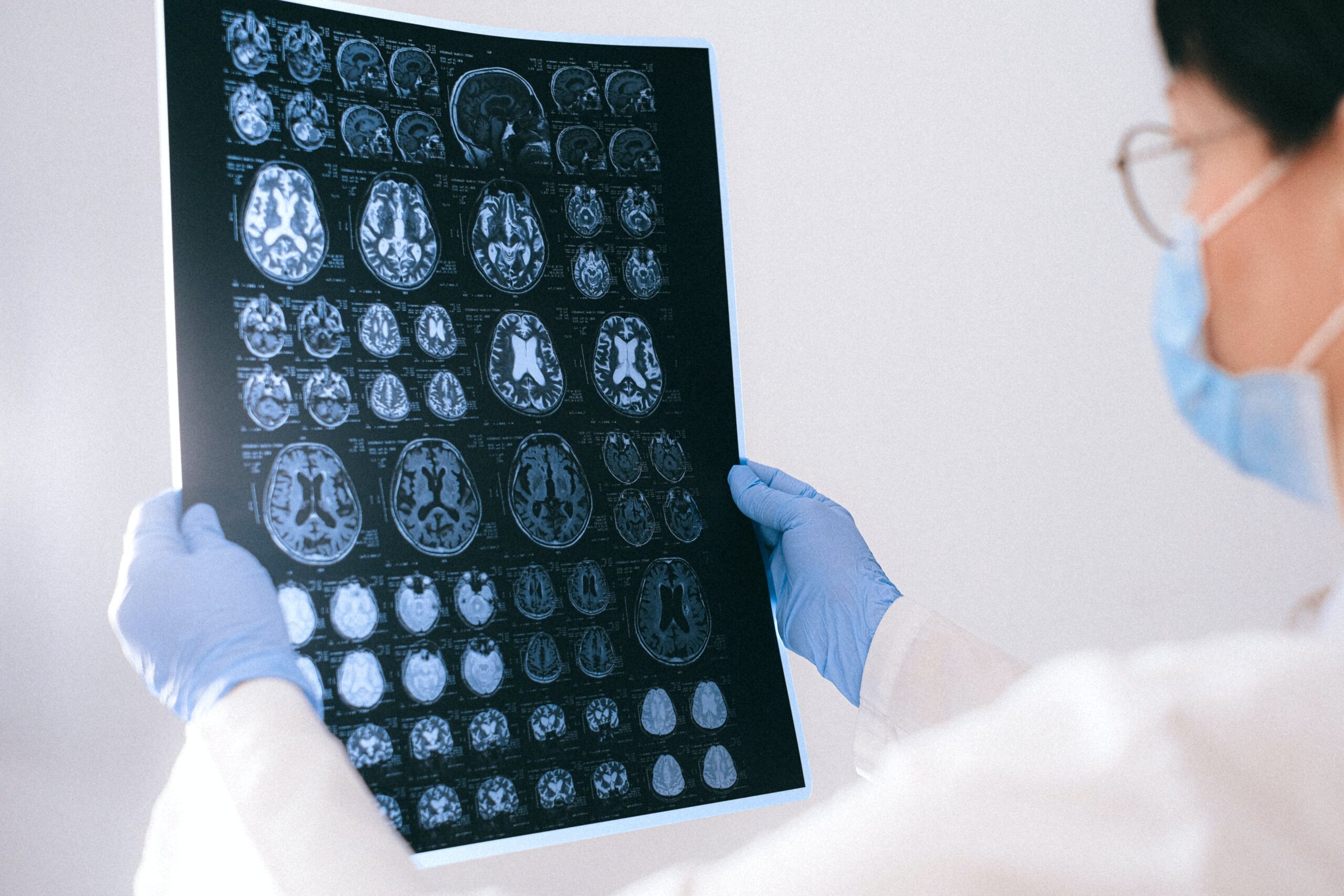The Difference Between an MRI and a CT Scan
Blog
The right imaging can lead to the right diagnosis.
What is an MRI?
MRIs (magnetic resonance imaging) use radio waves and CT scans use X-rays. Using radio waves and magnets, MRIs are used to view objects inside your body.
Protons in the body react to the energy and create highly detailed pictures of the body’s structures, including soft tissues, nerves, and blood vessels. Unlike X-rays and CT scans, MRIs don’t use any radiation.
What is a CT Scan?
CT scans take a fast series of X-ray pictures, which are put together to create an image of the area that was scanned. A CT scan, or computed tomography scan, sends radiation through the body.
An X-ray sends radiation through the body. Areas with high levels of calcium (bones and teeth) block the radiation, causing them to appear white on the image. Soft tissues allow the radiation to pass through. They appear gray or black on the images.
CT scans provide pictures of tissues, organs, and skeletal structures, while MRIs are more detailed and can show abnormal tissue. A CT scan uses computers and rotating X-ray machines to create cross-section images of the body. CT scans are not as effective as MRI at exposing subtle differences in types of tissue.
Contrast dyes contain barium or iodine and can be given orally or intravenously (in your vein). The dyes increase the contrast level and resolution in the final images produced with the CT scan for a more exact diagnosis.
The Benefits of MRI
An MRI uses strong magnetic fields to take pictures of the inside of the body. MRIs are useful for certain diseases that CT scan cannot detect. An MRI offers excellent contrast resolution for bones and soft tissues. CT scans are not as effective as MRI at exposing subtle differences between these types of tissue.
MRIs produce clearer images compared to a CT scan. When doctors need a view of soft tissues, an MRI is a better option than X-rays or CT scans. MRIs can create better pictures of organs and soft tissues, such as torn ligaments and herniated discs, compared to CT images.
MRIs produce sharper, more detailed results, especially of soft tissues and behind bones, which may block views on CT scans. An MRI is highly adept at capturing images that help doctors determine if there are abnormal tissues within the body.
MRI scans are more expensive than CT scans as the equipment is more costly and the process takes longer. People with metal implants, pacemakers and other implanted devices shouldn’t have an MRI due to the powerful magnet inside the machine.
The Benefits of CT Scans
Unlike a simple X-ray, a CT offers a much higher level of detail, creating computerized, 360-degree views of the body’s structures. CT scans are fast and detailed. CT scans can spot blood clots, bone fractures, and organ injuries. This makes them ideal for emergencies.
CT scans produce results much faster than an MRI. CT scan is the preferred choice for doctors when making a diagnosis in an emergency. CT scans are almost half the price of MRIs and take much less time than MRI. A typical CT scan lasts 10 minutes whereas MRIs can take up to an hour or longer.
